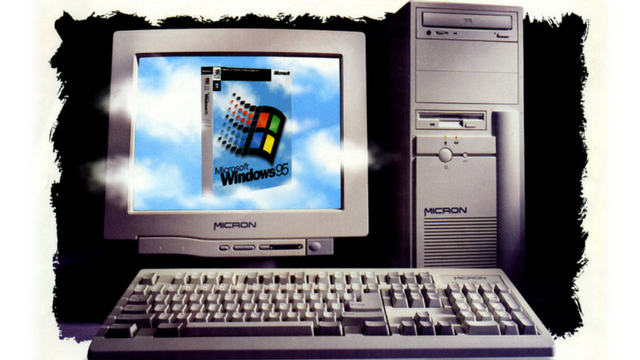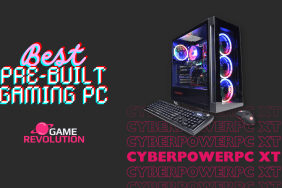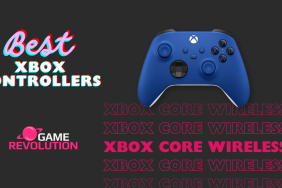Being a PC gamer can be frustrating. We have to deal with bad ports, getting games later than console gamers, expensive hardware, and a whole host of other problems. Having the best graphics, cheap games, and almost endless backward compatibility makes up for it, but if I had to go back to how PC gaming was twenty years ago, I’d probably give it up.
I started gaming on PC in the mid-late 1990s. My first computer rocked a 4 GB hard drive, a Pentium II 400, a low-end graphics card, and 64 MB of RAM. It wasn’t exactly state of the art, but it was representative of what many gamers had at the time. PC gaming took more than just building an expensive machine then. It took perseverance because everything you tried to do was a constant balance between system resources, whether a game was compatible with your hardware and whether a game actually shipped without critical bugs that prevented you from even playing.
Below are some of the reasons I’m surprised PC gaming lived long enough to see 2017.
Components Were Prohibitively Expensive
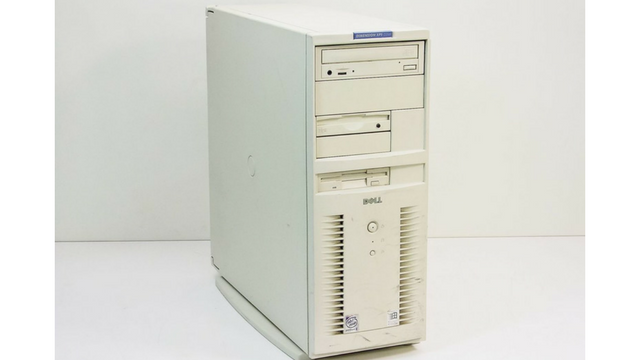
A higher-end pre-built computer from twenty years ago, the Dell Dimension XPS H266, went for around $4,000 (adjusted for inflation $5,904). For four grand you got:
- An Intel 440FX chipset motherboard
- An Intel Pentium II
- 32-64 MB of RAM
- A 1-2x CD-ROM Drive
- A 3 1/2″ Floppy Drive
- A Zip Drive (a real status symbol)
- 4 GB Hard Drive
- Maybe a Dedicated GPU
- Windows 95
- An SVGA (800×600) 15-inch Monitor
More than likely you’d get some software thrown in with the deal. Usually, computers came with Encarta and some sort of office suite. If you were fortunate, you’d get a copy of Microsoft Flight Simulator.
Towards the end of the 1990s prices on components got a little better. However, they were still nowhere as affordable as they are now. Considering you can get one of the best consumer-grade CPUs on the market for around $350 or so (whether Intel or AMD), a GPU that can run the latest games on max settings, usually at 4K, for about $600, and grab a 500 GB solid state M2 drive for less than $200, there’s no argument that it’s never been more affordable to build an excellent gaming PC.
You Never Knew if a Game Was Going to Work on Your PC or Not
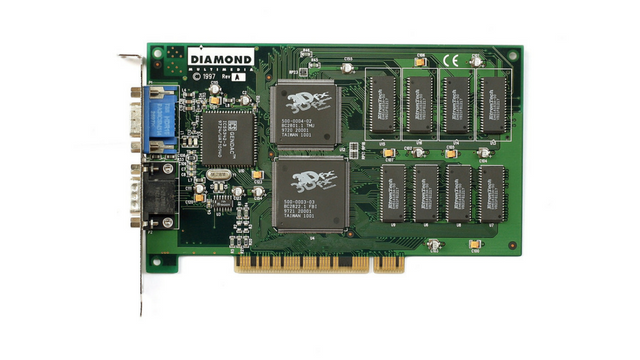
These days you pretty much have two types of graphics chipsets to choose from if you’re interested in gaming: AMD and NVIDIA. Either type of card is going to work for gaming, except in weird fringe cases. That’s because their market shares are both large enough that no game studio is going to make a title incompatible with either one.
Back in the 1990s though you had a ton of different companies making different chipsets that used different APIs. Just a few of them:
- 3Dfx
- 3Dlabs
- ALi Corporation (Acer)
- ATI Technologies (acquired by AMD)
- Cirrus Logic
- Hercules
- NVIDIA
- Real3D
- Realtek
- Silicon Graphics Incorporated (SGI)
- Silicon Integrated Systems (SIS)
- Trident Microsystems
Additionally, games today usually make use of Direct3D (DirectX), OpenGL, or Vulkan APIs to display graphics. Well around the same time all those cards came out you had:
- BRender
- Direct3D
- Glide
- OpenGL
- QuickDraw
- RenderMan
- RenderWare
There’s probably some I’m missing. The point is, you rarely knew what graphics APIs games used before they came out. Most video cards then at least supported OpenGL, but many games were optimized for a specific library. Direct3D and Glide were the two best looking APIs, but if you didn’t have a card compatible with them, you usually got stuck with worse graphics.
That’s just graphics. Other components had compatibility problems too. Depending on your CPU you might not have access to the instruction set needed for some programs. If your CD-ROM drive was too slow, you might not be able to play some games. The list goes on, and it was often incredibly frustrating to try and figure out just what the minimum system requirements for a game were.
There Were too Many Types of Ports
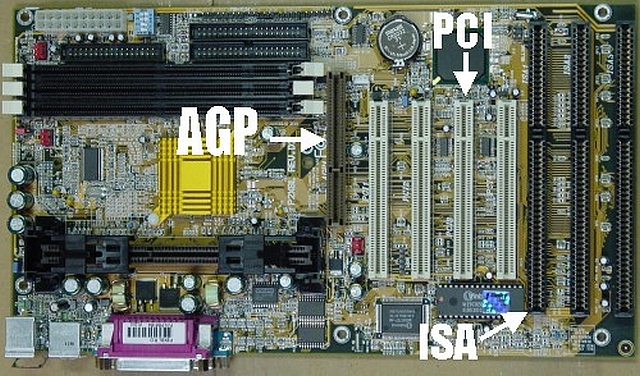
When you get an accessory or a component for a PC, you can be reasonably sure that if it’s an external device it’s going to be powered by USB, and if it’s internal it’ll be PCI-E or SATA (or increasingly M.2). If it’s a display, it’ll be HDMI, Displayport, or rarely DVI or VGA. In the 1990s though it was like playing roulette. There were so many competing standards, and though adapters were made, they were expensive.
Just for internal cards alone, there were at least four different standards. You might buy a graphics card and find it uses Industry Standard Architecture (ISA), an Accelerated Graphics Port (AGP), Peripheral Component Interconnect (PCI), or Micro Channel Architecture (MCA). Also, hope you didn’t pick a motherboard that has a port that doesn’t prove to be popular. You better have bet on PCI, because if you thought AGP or MCA were going to be the new standard, you lose.
Also: 10 Rare Games You Probably Didn’t Know Are Worth a Fortune
If you wanted to get a joystick, a printer, or multiple hard drives you usally hard to deal with some more wacky connectors. You had to content with SCSI cards and cords, Parallel Ports, Serial Ports, PS/2 Ports, and sometimes even internal cards with proprietary ports. If you upgraded your PC, you risked losing the ability to use your old accessories too, because the tech was moving so fast that a common connector one day might be out of vogue a year or two down the road.
Games Lacked Variety
One of the best things about PC gaming now is that there’s so much variety. You have access to some of the best titles from any genre imaginable. Back in the 1990s though, there was no Steam, and you were generally out of luck unless you wanted to play with anything besides a keyboard and mouse or flight stick. Controllers made for PC back then were pretty horrible, so platformers and action games (besides first-person shooters) usually were best played on consoles.
On the upside, when it came to strategy games, CRPGs, and simulation games there was no contest. PC ruled the roost when it came to those genres. However, PC players usually had to deal with not getting games that came out on a console, and when a port did arrive, it was usually pretty terrible.
This created a divide between console gaming and PC gaming that existed until recently. If you gamed exclusively on PC, there was just no use in following consoles since you weren’t likely to get to play any of the big games coming out for PlayStation and N64 and vice-versa.
Everything Required Tweaking
Being able to modify and tweak things is one of the most attractive things about PC gaming. You can’t even access a game’s file structure on a console, but on PC you can modify anything you want as long as you can figure out how. Back in the day though, pretty much every game required some sort of modification to work the way you wanted it to.
If you’ve gamed on PC very long, you’ll have learned your way around a .ini file or two. Usually, though, you can just install a game off Steam and launch it, and you’re good to go. It didn’t exactly work that way in the past though. If a game wasn’t compatible with your hardware, sometimes you were out of luck. Other times though you could comb the internet—very slowly on 56K—and if you were lucky on some message board, there would be someone who had the same configuration of PC you did who were able to get the game to work.
Sometimes this was as simple as just adding your video card model to the game’s roster of compatible cards so it would stop throwing an error when you tried to play. Other times it required adding files, modifying files, removing files, and if you screwed up there was no Steam to verify the integrity and start over. You’d have to delete the game and reinstall. Also, woe to you if the registry entries weren’t removed when you uninstalled, because then you’d have to fiddle with those manually.
Adding mods to games was a similar story. There was no Nexus Mod Manager or what have you to gently and sweetly back up your game and add mods in the right places. You had to find one of about ten thousand file hosting sites for games, hope that the data you wanted wasn’t corrupt or a dead link, spend five hours downloading it and then figure out that version of the mod only worked on version 1.04, and you’ve updated yours to version 1.05.
Once you discovered that, you’d have to recomb the web to find the one site with the updated version of the mod. Otherwise, you’d have to hope you find the message board with the person who had the secret to making the old mod compatible with the latest version of the game. Also, if the mod came in multiple parts and you started them downloading before bed since it would take all night to download, you had to hope your 56K connection didn’t randomly hang up. All so you could fly some badly reskinned ships in Starfleet Command.
Patches were just as frustrating, though easier to find. That is if anyone ever even patched the game you bought. A lot of the time if a game had bugs, you just dealt with it. Graphical glitches were just something you ignored, and if a bug was game-breaking, you had to wait for a patch or just try to play through a different way and hope you didn’t trigger whatever deleted your save, blue-screened you, or crashed you to the desktop.
We Have it Pretty Good
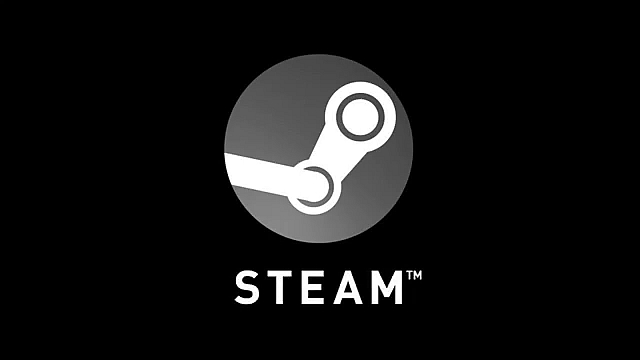
When I was younger, the whole rigamarole of PC gaming didn’t bug me so much. I didn’t know any better, and I had a lot more time to mess around with the whole thing. Now though, I’m incredibly thankful that everything concerning a PC is more polished and stable. The worst port is still easier to deal with than a lot of the trouble PC gaming in the 1990s caused. Plus, if a game runs terribly I can usually get a quick refund on whatever digital marketplace I bought it on.
A lot of the lame trends in gaming like loot boxes, microtransactions, season passes, way too much DLC for games, and so on are a lot easier to tolerate when put into perspective. Should we deal with them? Hell no, we changed all the crappy stuff that used to be a part of PC gaming and we shouldn’t sit and take any guff just because we have it pretty good. However, when I start getting mad about all that stuff, it helps me to be patient to remember just how much of a pain PC gaming used to be.
